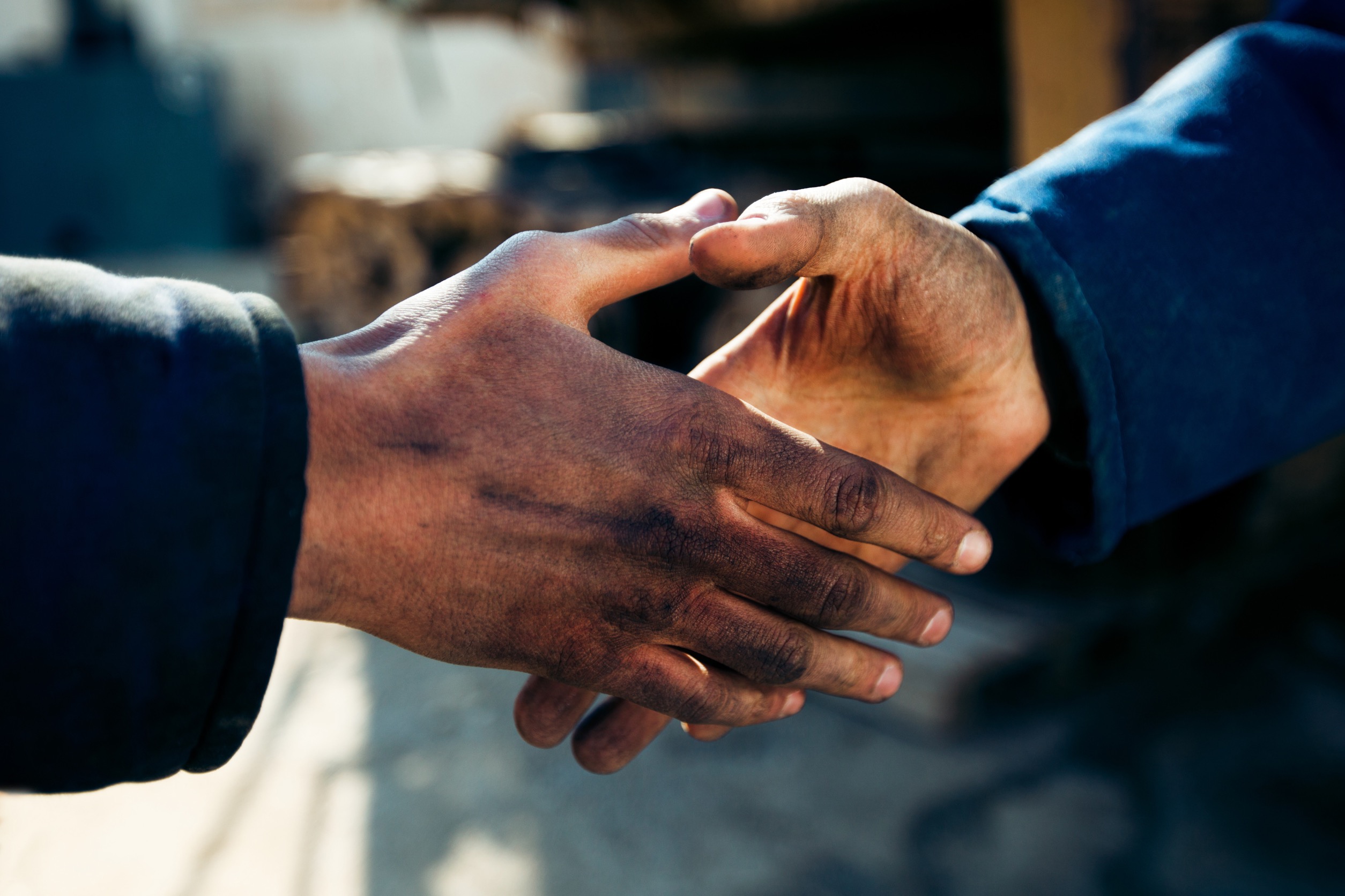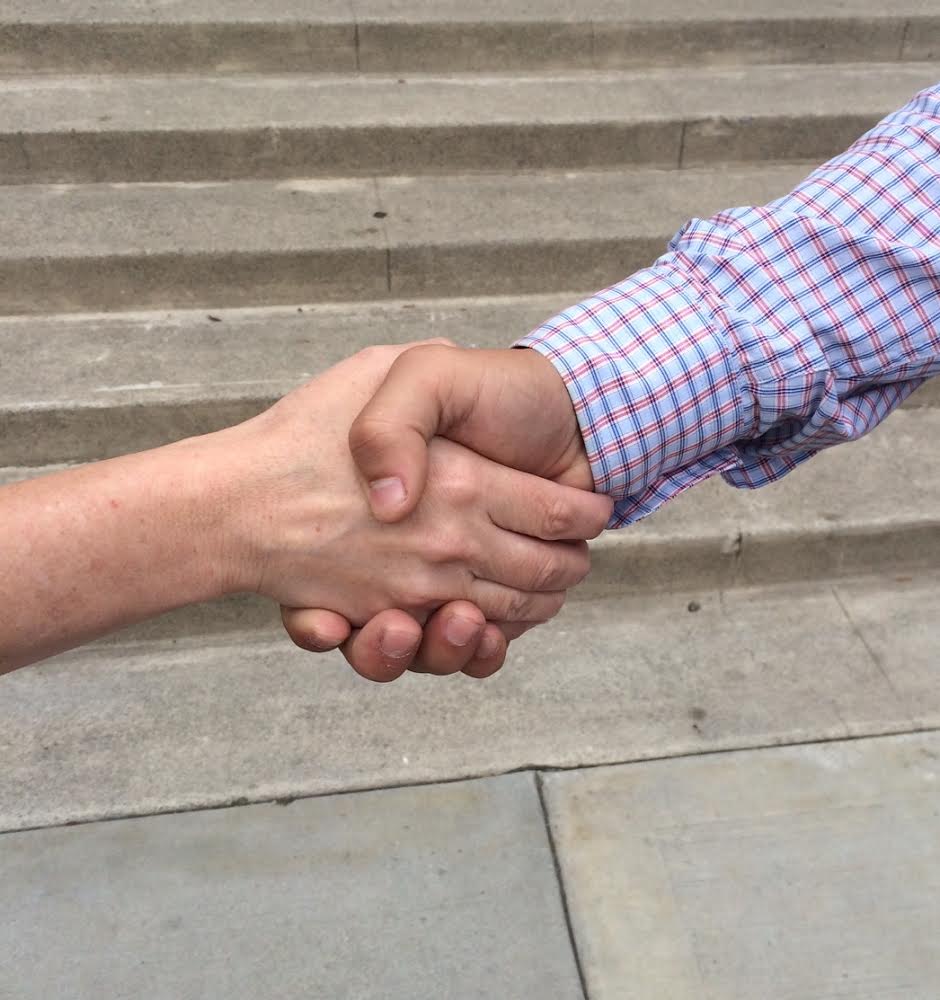Re-visiting Shaking Hands
as a Salutation

Dating back, some say, to the ancient Middle East, shaking hands as a salutation has served as a gesture of welcome, agreement, and friendship, and has symbolized the expression of recognition and value. It’s a most practiced and popular greeting. The handshake is the most common greeting and gesture of good will. It is an art because it takes two people, in unison and agreement, to complete the act.
Being a participant and observer of meeting and greeting people at recent receptions and dinners has again awakened long-felt appreciation of giving a proper handshake. I’ve seen too much enthusiasm, or nervousness, ruin the act of shaking hands as a salutation. Patting a person on the shoulder is invasive. And reaching across the table to shake someone’s hand really does cause spills and confusion!
A Proper Handshake
Properly shaking hands involves timing and a little practice. Doing it right may not yield much recognition, but doing it wrong will ensure you are remembered, though not in a very positive light.
When do you shake hands?
- When you are meeting someone or saying goodbye.
- When you are introducing yourself or being introduced.
- When you are welcoming a person in your home or office as a host.
What should you be careful not to do?
- Shake another’s hand too firmly or not firmly enough.
- Linger too long with the shake.
- Reach beyond the immediate space.
- Force a shake that’s not forthcoming.
- Initiate the handshake with a person of higher authority or higher-ranking status.
To give you a visual of what not to do, here are ten handshake examples that are a nuisance to others.
Additional Practices to Accompany Your Handshake
There are other vital aspects of greetings that are just as, if not more, important than the handshake itself. Remember to practice these so that they fall seamlessly in with your act of shaking hands:
- Standing and facing the person you are greeting to show respect.
- Smiling while making eye contact to show that you are focused on that person.
- Saying the words of welcome: “It’s my pleasure.” or “Very good to meet you.”
- Saying the person’s name.
Though the handshake historically and culturally holds great significance, it is important to adapt to situations and sensitivities. Excusing oneself due to illness or out of respect for another’s cultural norms is always considerate and polite. The “virtual handshake” with arms criss-crossed across the chest, is body language that conveys the sentiments of shaking hands. While a handshake carries with it a message of goodwill, remaining flexible about whether to participate in or initiate one is a good thing.
“Let your handshake be a greater bond than any written contract.”
~ Steve Maraboli














